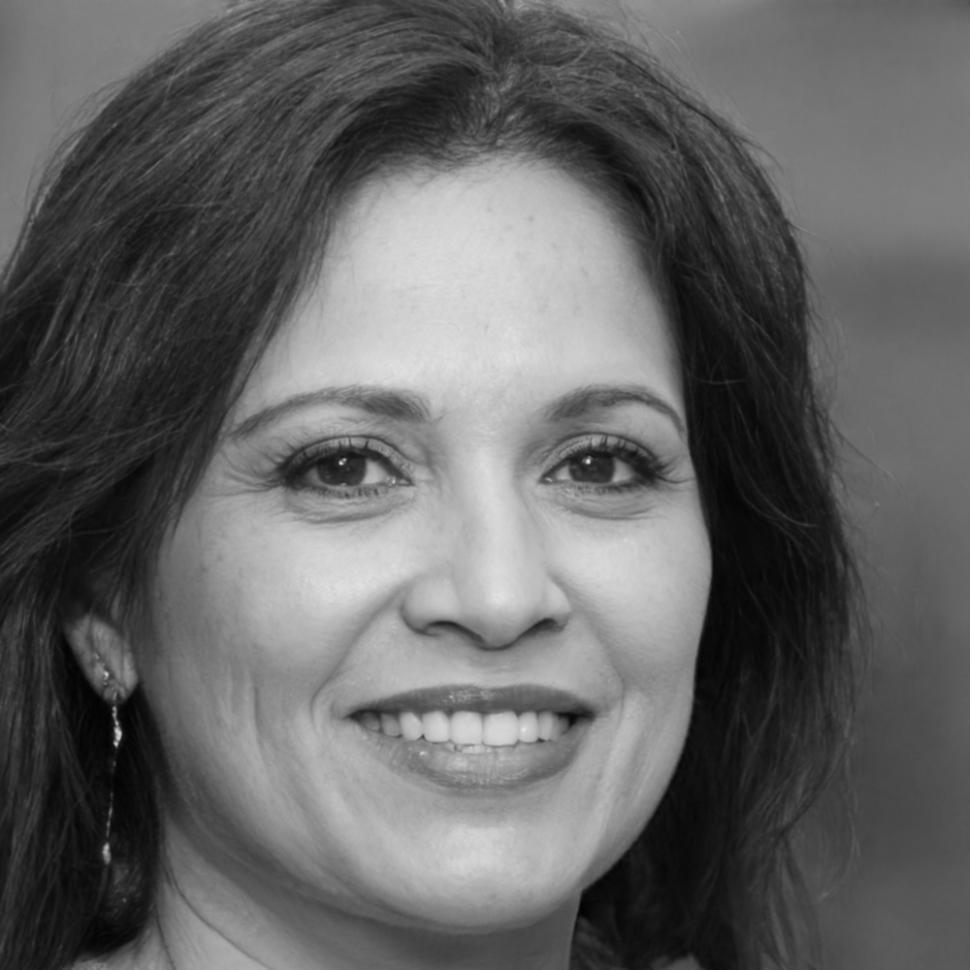Meet the Minds Behind quoravexinta
Our team combines decades of financial expertise with cutting-edge scenario modeling techniques to help you understand complex financial landscapes.

Zephyr Blackthorne

Cassius Nightfall

Raven Stormwright
Our Philosophy on Financial Modeling
We believe that understanding your financial future shouldn't require a PhD in mathematics. Traditional financial planning often presents overly simplified projections that don't reflect the real complexity and uncertainty of economic life. Our approach recognizes that the future is inherently uncertain—and that's exactly why scenario modeling is so powerful. Instead of giving you false certainty, we help you understand the range of possibilities and prepare for multiple potential outcomes.
Precision
We focus on accurate modeling that reflects real-world complexity while remaining comprehensible.
Transparency
Every assumption and calculation in our models can be examined and understood by our users.
Balance
We strike the right balance between mathematical rigor and practical applicability.
Our Evolution
quoravexinta emerged from a simple observation: most financial planning tools were either too simplistic or too complex to be genuinely helpful. Here's how we've developed our approach to scenario-based financial modeling.
Foundation & Research
Started by analyzing gaps in existing financial modeling tools. Spent months researching how individuals actually make financial decisions versus how traditional models assume they do.
Platform Development
Began developing our core scenario modeling algorithms. The challenge was creating models sophisticated enough to be accurate but accessible enough for regular use by non-experts.
Beta Testing Phase
Launched our beta platform with a select group of users across Australia. Their feedback was invaluable in refining our approach to presenting complex scenario data in understandable formats.
Full Launch & Expansion
Now offering comprehensive scenario modeling tools that help users understand their financial futures across multiple potential outcomes. We continue refining our algorithms based on real-world usage and economic developments.